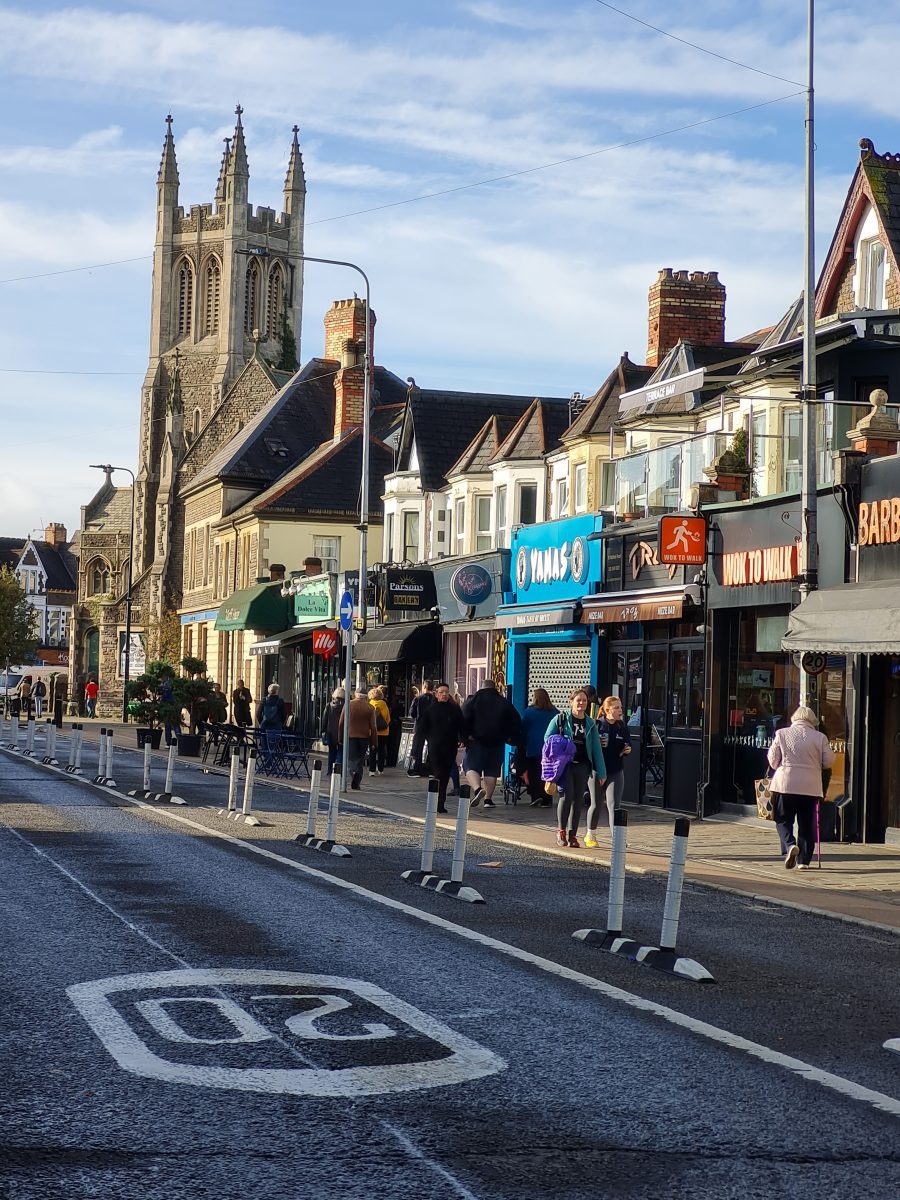
Placemaking and the Value of Location - Dr Roisin Wilmott
Dr Roisin Wilmott, Director of RTPI Cymru.
We’re all familiar with the maxim ‘location, location, location’, but do we think about it beyond property and its value? As planners we take the approach of the right building in the right location, the latter being paramount.
The right location is a big part of the answer to tackling the multiple short and long term challenges we all face, not just here in Wales but globally too, including the climate and biodiversity emergencies, the energy crisis, the cost of living crisis and the endemic problem of poverty. The right location also affects the costs of running public services. In many ways these are all interlinked issues. If we get the location right, we can go a long way to help mitigate and / or prevent the negative impacts. Importantly, we must avoid locking in future carbon commitments for generations to come through the location decisions we take now.
Location is captured by the popular 15 / 20 minute city concept, also referred to as the ‘walkable neighbourhood’. This concept means that the services we need most days or every day can be reached either by walking or cycling (i.e. under our own steam) in a practical time. Through this we get some exercise, we are more likely to meet neighbours (developing community cohesion), reduce crime through increased surveillance and knowing our community, reduce pollution through less traffic, support local businesses and facilities, reduce the cost of travel and address travel-poverty. Making room for quality green space in built areas also brings health and biodiversity benefits and if street furniture, particularly seating, is provided this improves the inclusivity of the area for wider groups including older people, or those with dementia and other conditions.
As well as increasing the focus on active travel, integrating public transport into developments must also be considered, to enable access to a choice of wider services and employment opportunities in a more sustainable and equitable manner.
We can build the most sustainable building but if it is not sited in the right location, it can instead be inherently unsustainable; we should not hide behind just one aspect but consider the whole project. There are of course times when a house in the open countryside is in the right location and should be supported e.g. those supporting rural industries.
The ‘development plan’ is the primary vehicle for setting out location policy in Wales. Set out in legislation, the development plan in Wales comprises Local Development Plans (LDPs) which are familiar to many, Strategic Development Plans (SDPs) were introduced by the Planning (Wales) Act 2015 but have not yet emerged, and Future Wales: the national plan 2040 (referred to in legislation as the National Development Framework). These are aimed at setting the direction for development, including location, at different spatial levels: local, regional and national respectively. These plans carry a great deal of responsibility in setting the framework for decisions on the location of development which genuinely meets the current and long term needs of Wales.

